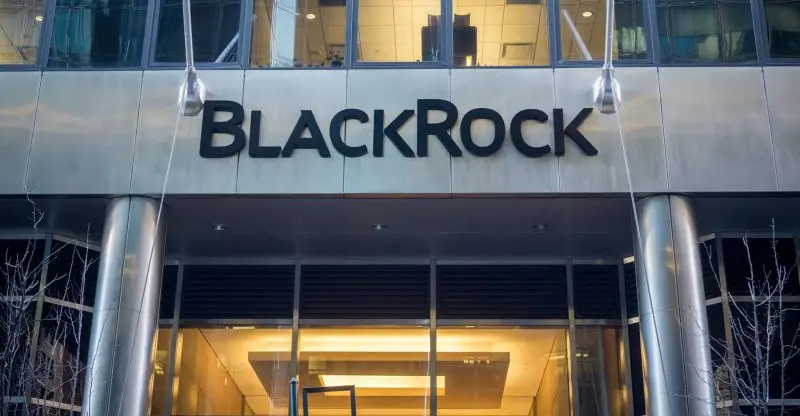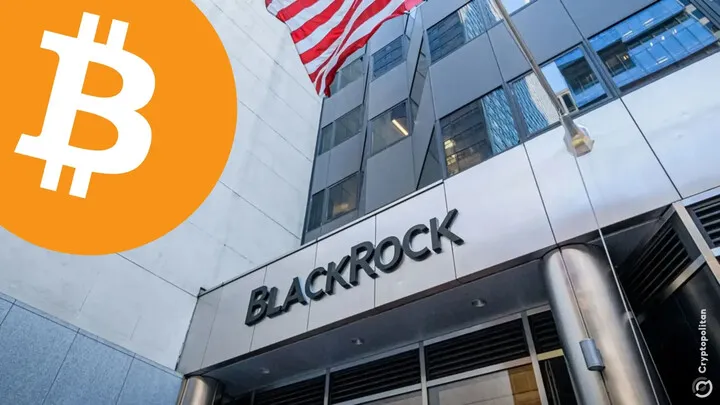Bitcoin’s current standing near $60,000 marks a 50% jump since January, a spike largely fueled by the U.S.’s green light on its first spot Bitcoin ETFs. BlackRock, a key player in these ETFs, has caught the attention of big-money investors like sovereign wealth funds, which are getting ready to enter the trading scene in the months ahead.
Market Dynamics and Investor Interest
BlackRock’s Robert Mitchnick, Head of Bitcoin and Crypto Strategies, recently shared that a diverse group of financial institutions is keen on Bitcoin. This includes pensions, endowments, insurers, other asset managers, and family offices.
The company is seeing these firms engage in thorough research and ongoing discussions about Bitcoin. They are contributing by educating them on the crypto industry, Mitchnick told Coindesk. This surge in interest marks a resurgence in Bitcoin discussions, suggesting a strategic shift in how these institutions view portfolio construction with Bitcoin in mind.
Despite a temporary slowdown in money moving into spot Bitcoin ETFs after an impressive 71-day run of inflows, Mitchnick believes this is just the calm before a new influx of investment from these heavyweight financial entities.
According to him, the anticipation around these ETFs has been building, with over $76 billion already pouring into these products since their inception in January. While currently, BlackRock’s IBIT ETF is offered on an unsolicited basis by some RIAs, plans are on the table to expand access through major wealth advisors like Morgan Stanley.
BlackRock’s ETF Performance and Industry Trends
The race to dominate the ETF market has been a hot topic, especially between BlackRock’s IBIT and Grayscale’s GBTC. The latest data shows IBIT managing assets worth $17.2 billion, while GBTC has about $24.3 billion. A significant portion of IBIT’s funds comes from transfers from Grayscale, with additional inflows from pricier international ETFs and those converting from Bitcoin futures.
The shift from futures to spot products indicates a preference among investors to hold Bitcoin directly through more regulated, traditional financial systems, avoiding the complexities of custody and tax implications tied to exchanges. Despite the fierce competition, Mitchnick points out that BlackRock’s focus isn’t on outpacing Grayscale but on equipping their clients with the knowledge to navigate the crypto space effectively.
Wednesday brought a stark change, with record outflows from all U.S. spot Bitcoin ETFs—a first since these funds were established. The downturn saw $563.7 million withdrawn in a single day, culminating in a four-week loss of about $6 billion, a 20% decrease in assets under management.
Even BlackRock’s flagship IBIT wasn’t spared, witnessing its first outflows of $36.9 million. The declines in Fidelity’s FBTC and Grayscale’s GBTC were even steeper, with losses tallying $191.1 million and $167.4 million, respectively.
This trend correlates directly with Bitcoin’s price movements. After peaking at an all-time high of $73,000 in March, Bitcoin has since dropped nearly 20%, settling around $59,000. This price drop and the resultant ETF outflows began around the same time, underscoring the challenges and volatility inherent in the crypto market.





